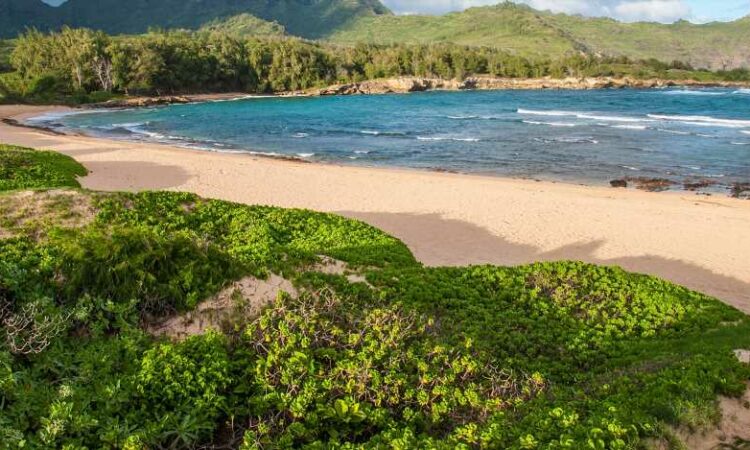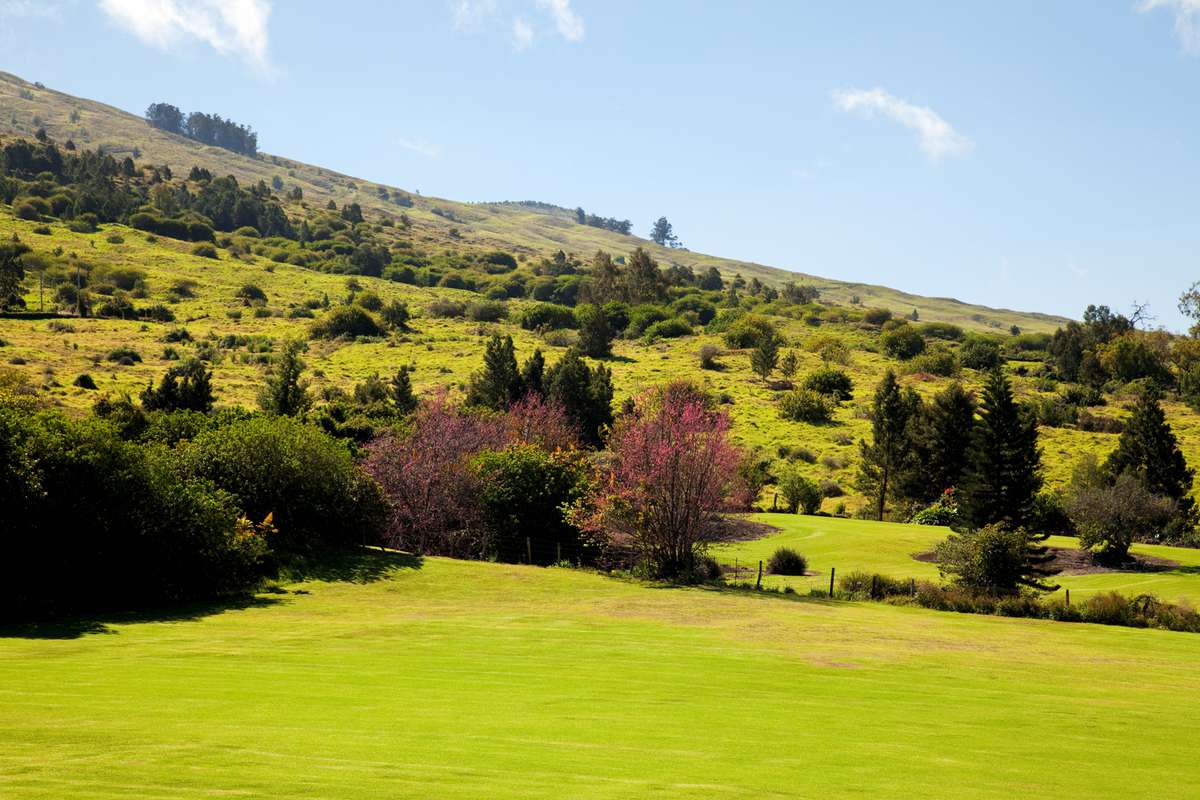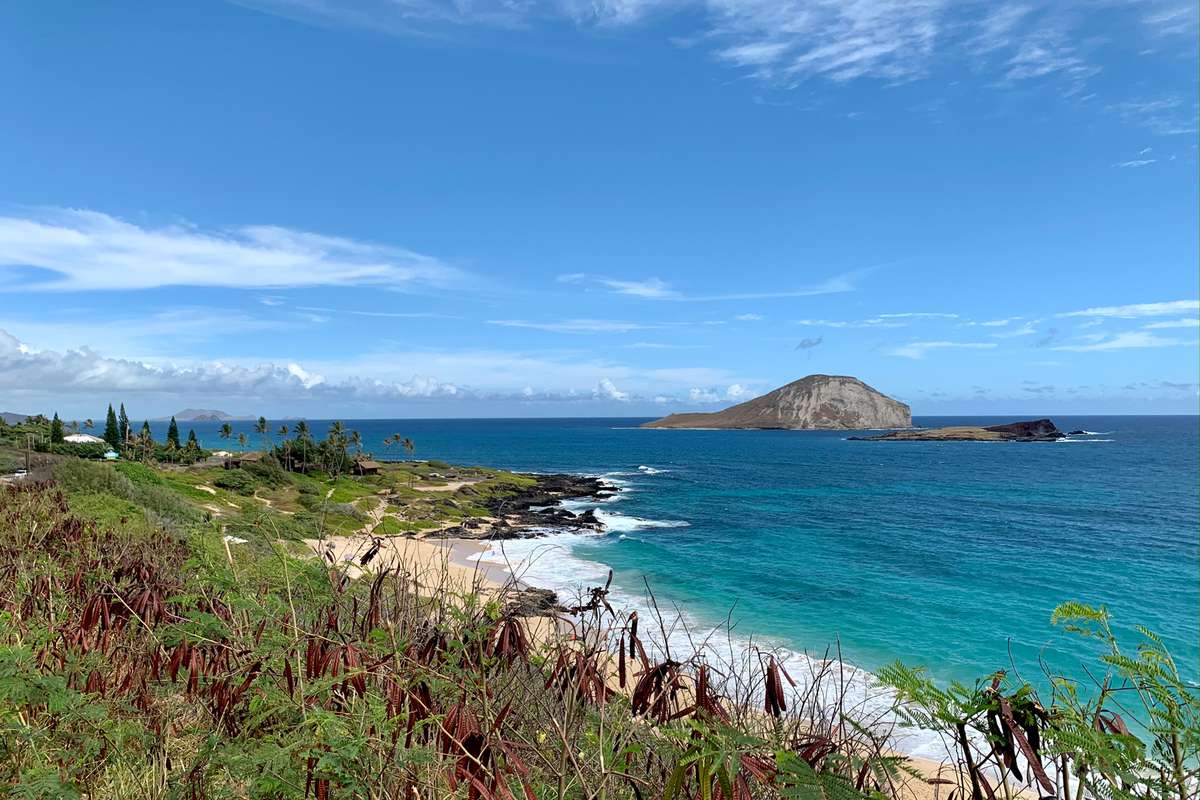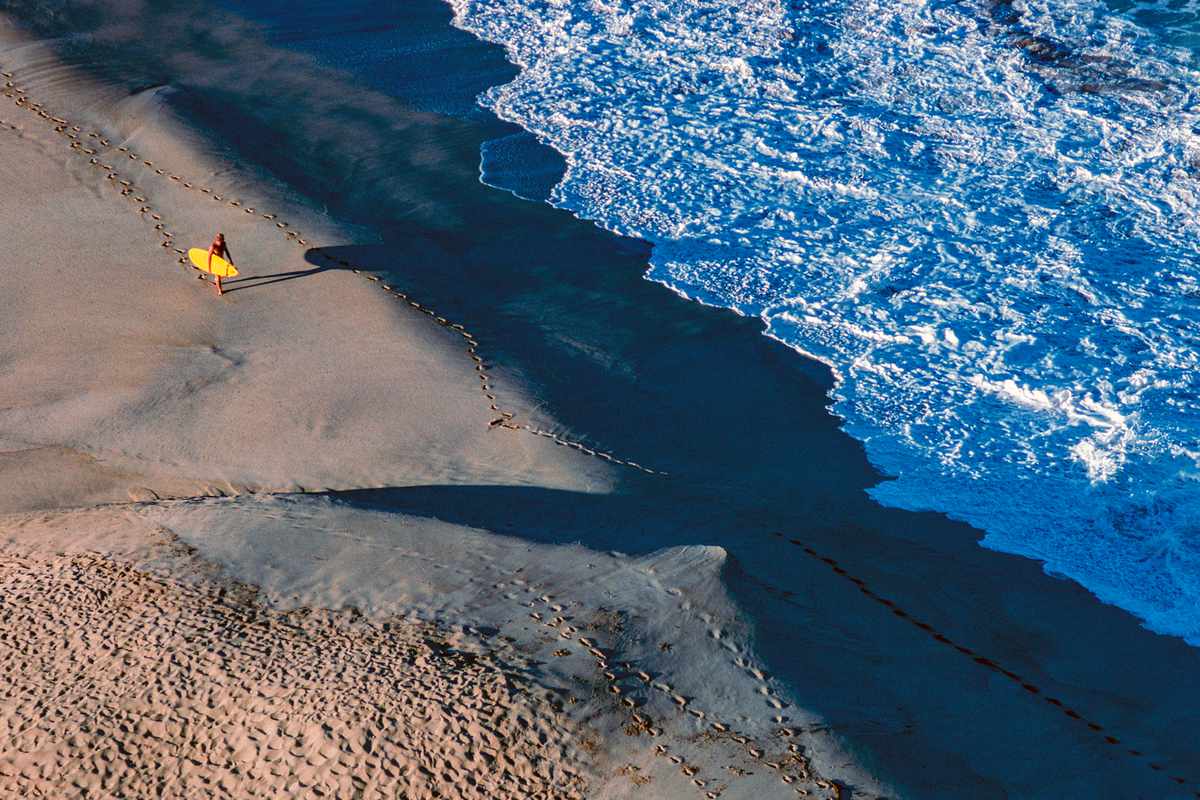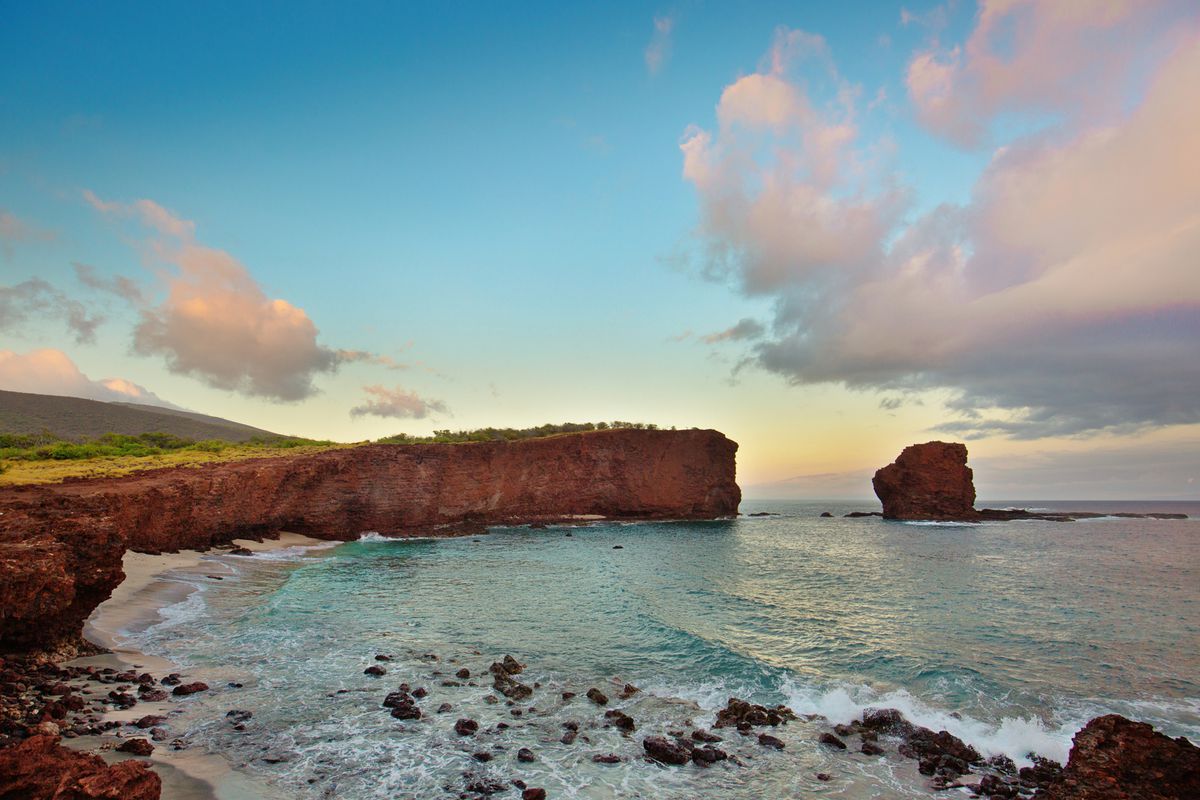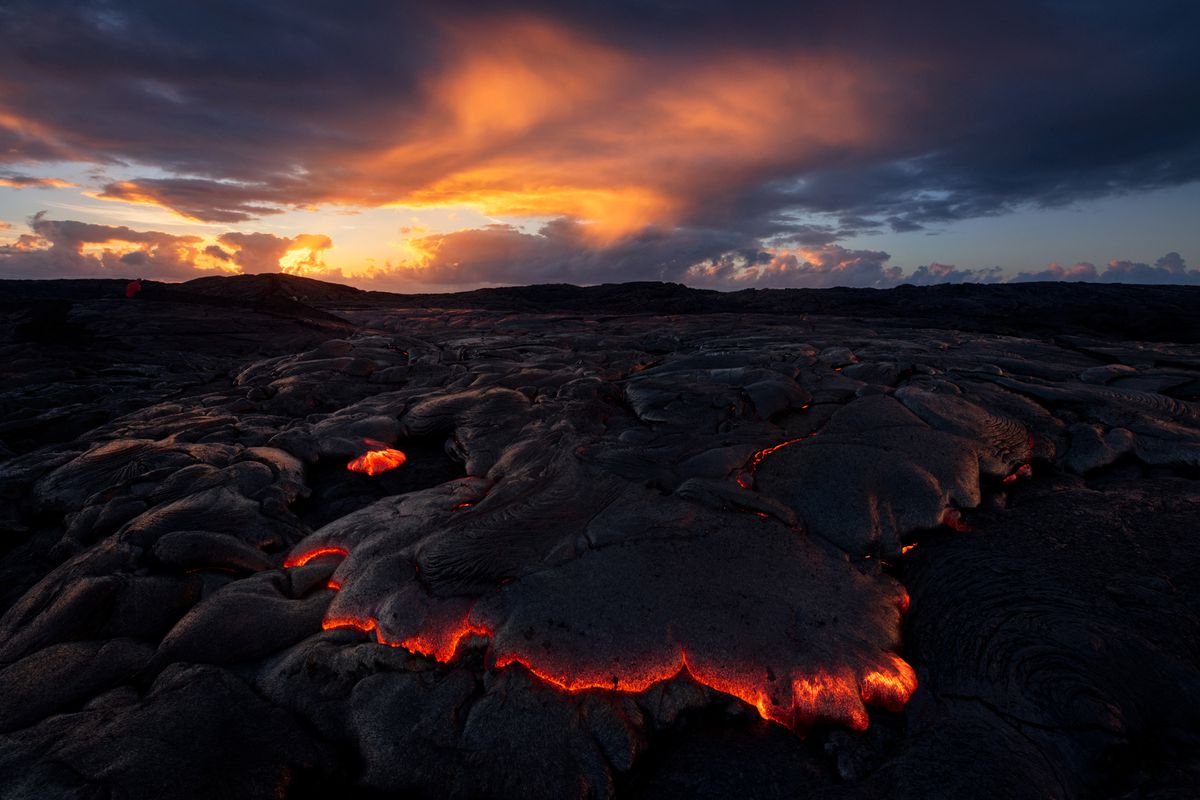Editor's Note: Those who choose to travel are strongly encouraged to check local government restrictions, rules, and safety measures related to COVID-19 and take personal comfort levels and health conditions into consideration before departure.
When you live on an island, non-residents frequently ask: Where do you vacation, if you live in a vacation destination? Don’t you get bored living on an island?
For many Hawaii residents, the answer to the first question is Las Vegas, lovingly referred to as “the ninth island” because of the high number of locals who visit (about one in 10 residents travel to Vegas annually) and move to Sin City in search of a Hawaiian community where the cost of living is lower. Other top destinations include Japan, China, Thailand, and the west coast of North America, due in part to the state’s location halfway between Asia and the United States mainland. And, of course, many are lured away from the islands by experiences not found here — from cold-weather adventures in Alaska and Canada to exploring the ancient ruins of Petra in Jordan.
To answer the second question, I always joke that if you get bored in Hawaii, maybe you are boring. After all, the Hawaiian islands are blessed with some of the most incredible natural resources on the planet, favorable weather conditions, rich history and culture, and ono (delicious) food. Each island offers something distinct. So, we count ourselves “lucky we live Hawaii,” as the saying goes, and also enjoy staycations right here at home. Here are seven destinations in Hawaii that locals love.
Upcountry Maui
In all of my travels around the world, my trip to Haleakala National Park remains one of my fondest memories. It was 15 years ago, yet I can still vividly recall winding our way to the summit and into the stars. Shivering at the top, we waited in silence; the scene was too serene to ruin with even whispers. As the sun began to break through the darkness, it revealed a sea of cotton-like clouds, and I had to wonder if we had arrived in heaven.
The 30,000-acre national park centered around the 10,023-foot dormant Haleakala volcano occupies more than 75% of Maui and is home to a number of endangered and endemic species. A visit to Haleakala is not only memorable for many locals and travelers, but it’s often spiritual as well. Meaning “House of the Sun” in Hawaiian, Haleakala is a sacred place where ancient kahuna po'o (high priests) meditated and received wisdom. To this day, Native Hawaiians revere it as a culturally significant space that is important to Hawaiian identity.
If you’re in Upcountry Maui (the rural area on the Haleakala side of the island) on a Saturday, Debbie Nakanelua-Richards, director of community and cultural relations at Hawaiian Airlines, recommends stopping by Upcountry Farmers Market in Makawao — a hub for local artisans, farmers, and ranchers. Here, you can shop locally grown and made items, including tropical fruits, honey, grab-and-go meals, apparel, and fresh-cut flowers. For those wanting to immerse their senses in Upcountry Maui’s flora, Grammy award-winning Hawaiian singer-songwriter Kalani Pe'a suggests spending some time at Ali'i Kula Lavender farm, where he loves to sit on the lanai or in the gazebo, surrounded by lavender blossoms, and write music.
Windward Oahu
On an island, you never have to go very far to escape the city. Oahu’s windward coast begins at Makapu'u Point — about 15 miles east of Hawaii’s capital, Honolulu — and extends up to Kahana Bay. So, for the roughly 340,000 people that live in Honolulu, it’s the perfect destination for a day trip. With numerous trails and beaches, lava tubes, blowholes, surf breaks, and exquisite coastal scenery, there are endless possibilities for hiking and beach hopping along the eastern shore. You’ll often find families trekking the paved Makapu'u Point Lighthouse Trail and experienced surfers and bodyboarders at Makapu'u Beach and Sandy Beach (also nicknamed Broke Neck Beach for its treacherous conditions).
Kui Wright, head bartender at the Royal Hawaiian Mai Tai Bar in Waikiki, says Sherwoods is his family’s favorite beach. “The sand is soft, the waves are never too big, and the backdrop of the Ko'olau mountains is amazing. It’s right in the middle of a great Hawaiian town called Waimānalo. When we drive home from the beach, there are always people selling some type of local food on the side of the road: shave ice, lau lau (a Hawaiian dish typically made of salted butterfish and pork wrapped in taro leaves), and my favorite, malasadas (Portuguese donuts).”
Windward Oahu is also home to Kailua Beach (popular with windsurfers and kayakers), Lanikai Beach, which consistently ranks as one of the most beautiful in the world, and Kualoa Ranch, a 4,000-acre private reserve that Nakanelua-Richards says is a local favorite for zip lining, horseback riding, and immersing in the staggering and storied 'āina (land).
North Shore, Oahu
Less than an hour from Honolulu is another destination beloved by Hawaii residents and visitors alike: the fabled North Shore. Professional surfers from around the world congregate and compete here. But Koa Rothman, a North Shore native, professional big wave surfer, and cofounder of The Sunrise Shack, says that while his hometown is known for surf culture and the massive swells that arrive in the winter, you need not be a surfer to appreciate this place. “There are four miles of beautiful white-sand beaches” where you can watch the waves and surfers safely from shore, he says. Pipeline, a surf break off Ehukai Beach Park, is popular for surf contests, and Sunset Beach is a favorite for — you guessed it — enjoying the sunset views. Waimea Bay Beach Park, the designated location for the Eddie Aikau Big Wave Invitational, is one of the most picturesque spots.
Oahu city dwellers and residents of neighboring islands also make the trip up to the North Shore to unwind and sink into a slower pace. Nakanelua-Richards says locals love the idyllic jungle setting and sacred cultural significance of Waimea Valley, where you can picnic, participate in cultural workshops, or take a refreshing dip in the freshwater pool near Waimea Falls.
South Shore, Kauai
Nearly 97% covered in vegetation, Kauai is nicknamed the “Garden Isle.” It receives a good amount of rain, but just 20 minutes south of Mount Waialeale — one of the wettest spots on Earth — is another great (and drier) escape for Hawaii residents: Kauai’s South Shore. This area of Kauai is sunnier and popular with snorkelers, swimmers, and Poipu Beach resort guests.
Noelani Planas, a Kauai native and the executive chef of Red Salt restaurant at the Ko'a Kea Hotel & Resort, says the South Shore has some of the best sunsets. She recommends catching the sunset at Baby Beach, a protected cove just west of Poipu Beach, where you’ll find “calm, ankle-deep waters, perfect for families with babies — hence the name — and small children.” She also suggests the Sunset Wall, a spot loved by locals and located at Koloa Landing, just down the road from Ko'a Kea Hotel & Resort. Chef Planas also encourages folks to chase the sun a bit further afield to Salt Pond Beach Park, where a protected lagoon with clear water offers a serene sunset experience.
(Of course, there is much more to see if you’re on Kauai. The 22-mile Kalalau Trail on the Na Pali Coast is a bucket-list item for experienced hikers, and a visit to Waimea Canyon — often called the “Grand Canyon of the Pacific” — to admire the striking colors and rock formations is a must).
Lanai
Hawaii residents looking to reconnect with the land and culture head for — or return home to — the island of Lanai. “It’s one of those places where you can still feel the aloha spirit,” says Lanai Tabura, TV host of Cooking Hawaiian Style and cohost of the It’s a Hawaii Thing podcast. “Not only because of its beauty, but because of the people.” Tabura is currently a Honolulu resident, but he and his three brothers were born and raised on the island of Lanai, and they make return trips to visit their mother and community. Although Lanai is the smallest inhabited island in Hawaii, Tabura says it has a lot to offer. His favorite sites include the Lanaihale hike, Maunalei Gulch, Keahiakawelo (or the Garden of the Gods), and Pu'u Pehe (or Sweetheart Rock) — named for a tragic mo'olelo (legend).
The island drew Anela Evans, a Native Hawaiian cultural practitioner at the Four Seasons Resort Lanai, back home, too. After being raised on Lanai, Evans spent some time away, but ultimately returned to her roots. “When visiting Lanai, it’s as if you’ve taken a step back in time. Life moves at a slower pace. The people have a warmth about them and exude aloha. Archaeological and cultural sites, such as Kaunolu (an ancient fishing village), remain intact and leave you marveling at the skill and tenacity of ancient Hawaiians,” she says. “Lanai is special in every sense of the word. You truly cannot grasp a full sense of what it’s like until stepping foot on the island.”
Volcanoes National Park, Big Island
The allure of volcanic activity and otherworldly landscapes attract over one million visitors to Volcanoes National Park each year. But tourists aren’t the only ones who come here; the 335,259-acre park — and the two active volcanoes in it — hold cultural significance for Hawaiians as well.
“It’s one of the most fascinating places I’ve experienced,” says filmmaker Vince Keala Lucero. “As a Native Hawaiian and hula practitioner, it’s an area that’s highly sacred. Halema'uma'u Crater is known as the home of Pele, the creator of this 'āina (land). Over the past decade, it’s been awe-inspiring to feel the steam vents up close, see smoke billowing miles into the sky, and witness her natural fireworks. It’s hard not to see this place as wahi pana (or a sacred space) when you are a participating witness to the terrifying destruction of lava and also the birthing of the newest parts of our planet. For me, that’s a place for aloha 'āina (love for the land).”
Waimea is another local favorite, according to Peter Merriman, the chef and owner of Merriman’s Hawaii, a restaurant group focused on serving Hawaii regional cuisine with locally sourced ingredients. “Waimea town on the Big Island is unique because it’s a paniolo (cowboy) town,” he says. Chef Merriman opened his first signature upcountry restaurant here in 1988, and believes it’s still an area “unlike any other in Hawaii,” with rolling green pastures, cattle, and ranches. “No visit to paniolo country is complete without a horseback riding adventure at Kahua Ranch,” he says. Merriman’s restaurants source their lamb from this ranch, a site that was recently featured on Philip Rosenthal’s international food and travel show, Somebody Feed Phil. He also suggests visiting Parker Ranch as well as the museum at Paniolo Heritage Center to better understand Waimea and the role of paniolo in Hawaii.
Molokai
Locals seeking simple island pleasures without the high-rise buildings and sprawling resorts love Molokai. This small island (less than 40 miles long and just 10 miles wide) in Maui County has avoided mass development and retained its natural beauty. Here, you’ll find deserted beaches, the world’s largest sea cliffs, and Kalaupapa National Historical Park — the site where former Hansen’s disease patients were sent into isolation, and now a symbol of strength and resilience. A large percentage of Molokai’s approximately 7,000 residents are Native Hawaiian and continue to perpetuate the Hawaiian language, traditions, and stories of this special place.
The Kalaupapa Lookout is a must for visitors to Molokai. “The lookout sits on the edge of a 2,000-foot cliff where you can see the expansive Pacific Ocean with Kalaupapa peninsula sprawled before you,” says Miki'ala Pescaia, a Molokai-born Native Hawaiian cultural practitioner and interpretive park ranger at Kalaupapa National Historical Park. “In the winter, you can catch humpback whales going by, and sometimes hear the sound of their tail slap echo up the cliff. The birds-eye view is unique when you read the intriguing story panels there and imagine what life was like before and now.”
Pescaia also loves Papohaku Beach on the west end of the island. “Stretching for three miles, this white-sand beach is never crowded, and sometimes you are the only person there,” she says. “Winter north swells bring treacherous waves, and locals advise against swimming then, but the summers are calmer, and you can catch the last glimpse of sun rays at sunset. A visit to this beach provides a spectacular and humbling experience.”
Source: Read Full Article
